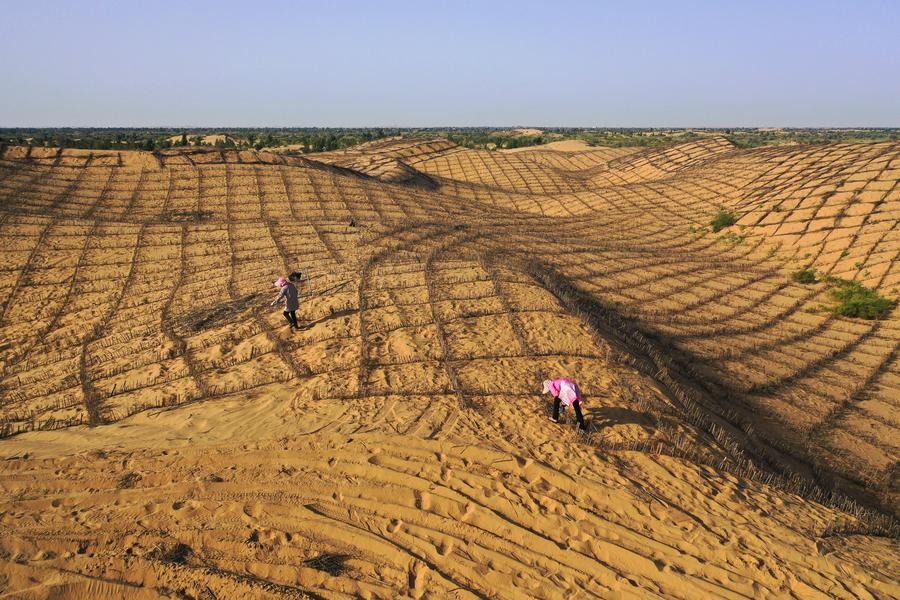Tumor hospital to ease health pressure in Tibet

The Tibet autonomous region's first tumor hospital was established recently in its capital Lhasa.
Located in the eastern suburb of the city, Tibet Kangcheng Tumor Hospital has more than 200 beds and 50 doctors employed from inside and outside of the region. It is funded by the Tibet Fukang Medical Cooperation and the Lhasa City Construction Investment Company.
Hospital departments include surgical, medical and gynecological oncology, and radiotherapy.
Dorje Thar, head of the hospital, said having a tumor hospital is very necessary in Tibet, which has a population of more than 3.4 million.
"Patients had to travel thousands of kilometers to other provinces to seek medical treatment, and the travel cost is high," said Dorje Thar, adding that language and diet are also barriers.
According to a survey, the average annual cost for a tumor patient from the Tibet autonomous region is around 230,000 yuan ($33,700), while the national average cost for a tumor patient is between 130,000 and 150,000 yuan, he said.
"The cost for a patient from Tibet is much higher because one-third of the cost is extra costs that can lead some people to become poor," Dorje Thar said.
Having a tumor hospital also helps the region move toward its goal of managing all severe diseases without patients having to leave the region by the end of this year.
Additionally, the hospital will conduct activities to improve people's awareness of disease prevention, as currently many of the region's residents are unfamiliar with tumors, he said.
According to an analysis by Dorje Thar's institute, the prevalence of tumors in the region is 89 per 100,000 people, while that of the entire nation in 2015 was 286 out of 100,000. According to Dorje Thar, liver and gastric cancers rank first in Tibet, while in most provinces it is lung cancer.
The average number of hospitalizations for a tumor patient is five, each time for an average of 18 days.
"As the accessibility of medical treatment is largely improved with a tumor hospital available in the capital of the region, many of the region's urban and rural residents will become direct beneficiaries," he said.
This year marks the 55th anniversary of the founding of the Tibet autonomous region. The average life expectancy rose from 35.5 years in the 1940s before its founding to over 70 years by the end of 2019.
In addition, the hospital delivery rate of the region hit 90 percent by the end of 2015 and is expected to reach 95 percent by this year's end.
Today's Top News
- China unveils rules for 11th round of natl centralized drug procurement
- Artist, Arc'teryx apologize for fireworks display controversy
- China launches construction of high-precision telescope project on 'roof of the world'
- China respects corporate will on TikTok issue, urges fair US treatment: commerce ministry
- Cyberspace body criticizes platforms for harming online environment
- Cooperation, not confrontation, vital for East Asia






























